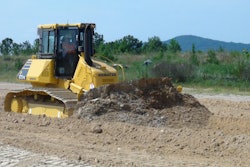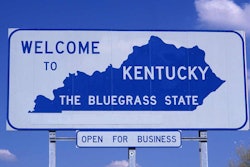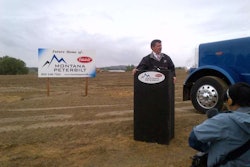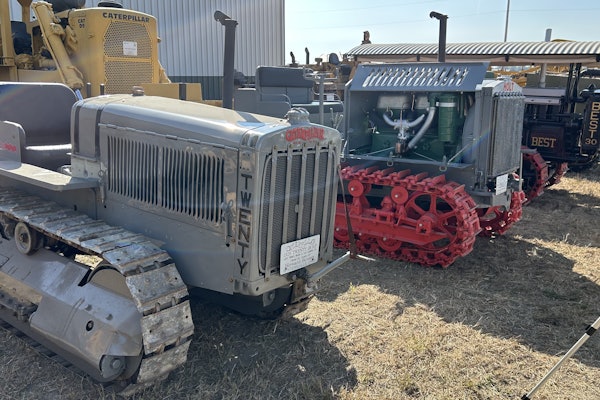
In Florida Power & Light Company v. Russell Engineering, Inc., 2012 WL 3326341 (decided Aug. 15, 2012), a Florida court of appeals held that statutes governing an award of damages against a utility company regarding utility conflicts with road construction did not provide the contractor’s exclusive remedy. Instead, the contractor was allowed to also pursue the utility on a negligence theory. As a result, the court affirmed a judgment in the contractor’s favor, including an award for increased direct costs and delay damages.
This case arises from a road project in the Miami area. The county contracted with Miller Legg (Miller) to act as the county’s engineering and inspection consultant. Miller prepared the project plans. Russell Engineering (Russell) was the low bidder.
In July 2000, Russell and the county entered into a contract for the project. The plans required Russell to install a 24-inch reinforced concrete drainage pipe, at one point over an existing Florida Power & Light (FPL) utility duct bank that was buried at an intersection and encased in concrete.
On April 30, 1999, the county sent FPL a letter pursuant to Sections 337.403 and 337.404 of Florida statutes, requesting FPL to remove or relocate any conflicting utilities. The letter included preliminary plans. FPL never removed or relocated its duct bank.
Internally, FPL identified a potential problem regarding the drainage pipe and duct bank. An internal memo dated July 15, 1999 stated that a “soft dig” should be performed to verify the depth of the duct bank to ensure the drainage pipe could be constructed over the duct bank, as this would “save [FPL] a lot of headaches down the road.”
FPL did not verify the depth of the duct bank. Instead, FPL relied upon its own defective “plan and profile” drawing that showed an incorrect elevation for the duct bank. FPL submitted this incorrect drawing to Miller, who used the drawing to create the final plans. Based on this incorrect “plan and profile” drawing, Miller determined there was enough clearance for the drainage pipe.
On the same day as the FPL internal memo, July 15, 1999, FPL sent a letter to the county regarding potential problems with the plans and FPL’s utilities. This letter did not disclose any concerns with the drainage pipe and duct bank.
In April 2001, Russell began construction. Approximately mid-way through the project, Russell encountered the FPL duct bank, which was buried at an elevation higher than shown in the plans. As a result, Russell could not install the drainage pipe. Russell immediately notified Miller, who in turn, notified FPL of the problem.
Russell could not continue work due to the duct bank. FPL did not remove or relocate the duct bank. As a result, Miller re-designed the drainage pipe to go below the duct bank. The extra work associated with the re-design required Russell to spend approximately six weeks on the drainage pipe installation.
The work required for the re-designed drainage pipe caused Russell to incur significant increased costs. For example, Russell had to excavate deeper (to 13 feet instead of six feet), use sheet pile driven to at least 20 feet to keep the existing road from collapsing into the excavation, and employ more expensive water pumping. This extra work was not part of Russell’s contract.
The county notified FPL of its intent to seek reimbursement for all increased costs. Russell submitted a claim and settled with the county for $175,000.00 for its increased direct costs. In addition, the settlement included an assignment to Russell of the county’s rights against FPL, including for any delay damages.
Russell filed suit on its own behalf and as the County’s assignee. At trial, Russell prevailed against FPL under a negligence theory. Russell was awarded $175,000 in direct damages and $59,700 as delay damages.
FPL appealed, arguing that Sections 337.403 and 337.404 of the Florida statutes provide the exclusive remedy of requiring interfering utilities to be relocated or removed prior to awarding damages. FPL argued that because the county failed to pursue the statutory remedy, it should have prevailed. The appeals court disagreed, finding the statutes did not eliminate the common law right to recover damages for FPL’s negligence. In addition, the court analyzed the language of the statutes, including the language of Section 337.404 that provides “Whenever it shall become necessary for the authority to remove or relocate any utility . . .” Since the drainage line was re-routed under the duct bank, it was not “necessary . . . to remove or relocate” the duct bank. As a result, the court found the statutes inapplicable and ruled in favor of Russell.
This case is an example of the minefield of potential claims regarding utility (and subsurface) conditions on construction projects. Here, the contractor’s damages award against the utility was upheld on appeal. However, if the Florida statutes, or the contract, were worded differently, the contractor might have obtained a different result and been precluded from any recovery. As always, it is important to understand the terms and conditions of any contract and its risk allocation mechanisms, especially with respect to potential site utility conflicts and differing site conditions.
For a downloadable PDF of this article, click here. To view it in the Better Roads Digital Edition, click here.
About the author: Brian Morrow is a partner in Newmeyer & Dillion LLP, a law firm in California. He is a licensed California Civil Engineer, and specializes in the field of construction law, including road and heavy construction. Contact him at [email protected].













